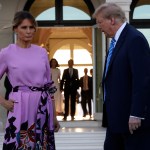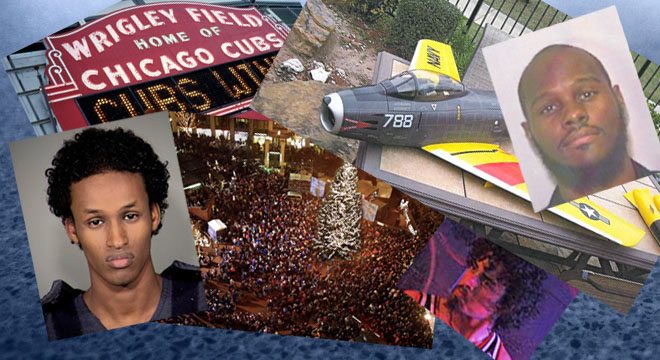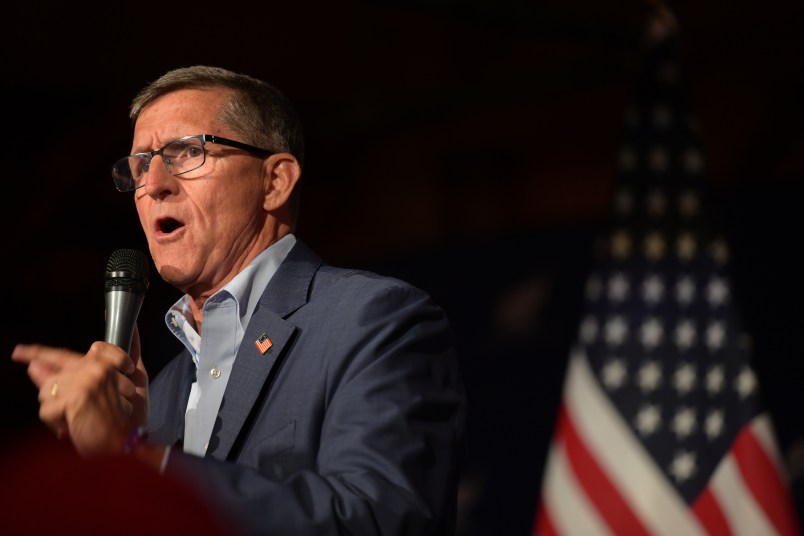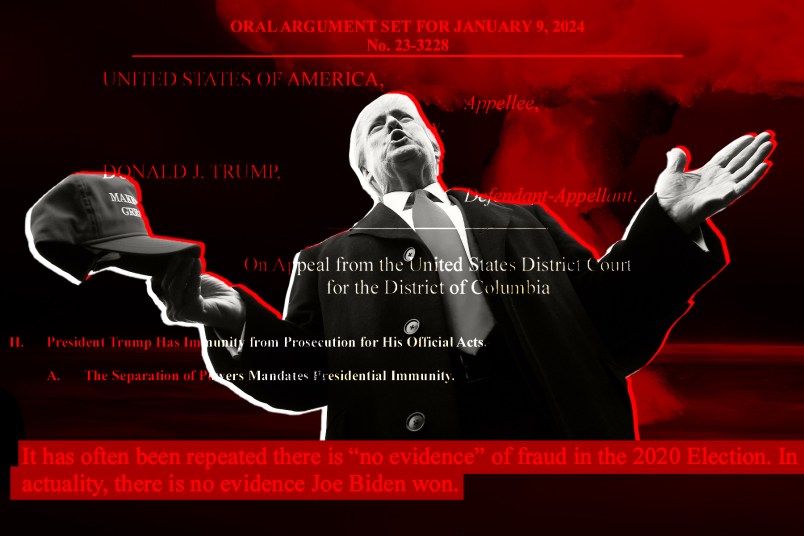Undercover FBI agents have helped and informants have watched as alleged wanna-be terrorists form some pretty bizarre and improbable terror plots in the years since Sept. 11. But the plot 26-year-old Rezwan Ferdaus allegedly hatched to fly model airplanes loaded with C-4 into the Pentagon and the dome of the Capitol might be the most unlikely yet.
“I’m hard pressed to think of a case that I looked at that I would describe as more outlandish than this one,” Trevor Aaronson, who wrote an extensive report for Mother Jones after studying 508 federal terrorism cases over the past decade, told TPM. “As far as sting operations, this has been one of the more outlandish.”
“Usually they tend to be targeting subway systems or metro systems or buildings,” Aaronson said. “I hate to say it’s the most outlandish, but it’s among them.”
Aaronson said that many cases center on plots that “someone reasonably could do,” like shoot up a shopping mall. Regardless of the actual details of the plan, the dance between the undercover agents posing as terrorists and the subject of the operation played out pretty much the way it always does.
“It fits completely with the pattern that we’ve seen in other cases, where the target of the investigation is first approached by the informant, they talk about some sort of plot, the target — from what evidence shows — has little to no capacity to actually commit the act of terrorism that he aspires to commit, and the FBI in turn provides him with the means to prove the terrorist conspiracy that they need for the indictment,” Aaronson said.
The Justice Department has rules on what investigators are allowed to do to facilitate a subject’s criminality. Courts have found it legally objectionable for agents to lead someone into criminal activity that otherwise probably wouldn’t have occurred.
Investigations involving undercover agents and confidential informants require legal reviews and higher level approval from the FBI, according to the New York Times. But when a subject says they’re ready to commit a violent act, agents are allowed to offer to help them obtain weapons.
Attorney General Eric Holder has strongly defended the FBI’s sting tactics, dismissing allegations that the strategy amounts to a form of entrapment. “We do not engage in tactics that entrap people or make them do things that they are otherwise not disposed to do,” Holder said in response to a question from TPM last year.
His subsequent defense of the tactic got him in some trouble with a federal judge, who said that Holder violated Justice Department policy on the release of information relating to criminal and civil proceedings by commenting on the “state of mind and specific activities” of the suspect in the Christmas tree bomber case.
All the publicity has started making targets suspicious that they’re getting set up. Take 21-year-old Antonio Martinez, who told an FBI informant he thought was a terrorist that he was “not falling for no B.S.” before allegedly trying to set off a car bomb outside a Baltimore Armed Services recruiting center.
Here, in no particular order, are what we think are the most bizarre or improbable plots targets of FBI terrorism busts have come up with:
Name: Mohamed Osman Mohamud
Age: 19
Location: Oregon
Date charged: Nov. 29, 2010
Plot: After an unsuccessful attempt at traveling to Pakistan to train for jihad, Mohamud began meeting with undercover FBI agents in Portland in June 2010. Mohamud allegedly claimed he wanted to go “operational” but needed the undercover agents’ assistance in building a bomb. The suspect then allegedly picked out a target himself — the annual Christmas tree lighting ceremony in Portland on Nov. 26, 2010 — and went with FBI agents to detonate a test bomb in another, more secluded area. In addition to mailing bomb components to the undercover agents, Mohamud also sent detailed directions to the target location.
Who’s idea? Mohamud’s, according to the FBI.
Missteps: Allegedly recorded a video of himself reading reasons for the attack.
Status: Trial scheduled for May 2012
Name: The “Liberty City Seven” (Alleged ringleader Narseal Batiste, Patrick Abraham, 29, Stanley Grant Phanor, Rotschild Augustine, 25, Burson Augustin, 24, Naudimar Herrera, 25, Lyglenson Lemorin, 33.)
Location: Florida
Date charged: June 27, 2006
Plot: As leader of a cult-like group with an ideology “that mixes Islam, Buddhism, Christianity, Freemasonry, Gnosticism and Taoism” known as the Liberty City Seven (and Seas of David or Seed of David, depending on whom you ask), Batiste and his companions plotted to destroy the Sears Tower in Chicago in 2006. The group of paintball enthusiasts talked of waging “a full ground war” against the United States that would rival 9/11 in terms of impact. In court testimony, Batiste said he told FBI informants posing as well-connected Middle Easterners about his plans to attack Chicago and other targets to “con” them out of $50,000 — money he claimed would be used to set up a religious non-profit in Miami.
Whose idea? Batiste’s
Missteps: FBI informant recorded Batiste and other pledging allegiance to al Qaeda on video.
Status: Convicted on all counts. Sentenced to 13 years in prison. Four other defendants were partially convicted; one was acquitted.
Name: Abu Khalid Abdul-Latif and Walli Mujahidh
Age: 33 and 32
Location: Washington State
Date charged: June 23, 2011
Plot: A source approached law enforcement officials and claimed that Abdul-Latif had attempted to recruit him into the conspiracy to attack a military building in Washington State in May. The plan ran into lots of money troubles with the suspects unable to afford bullets and worrying “they’d look like fools.”
Whose idea? Abdul-Latif’s, say the feds.
Missteps: Being able to afford bullets, for one. They also probably shouldn’t have used the password “OBL” for picking up bus tickets.
Status: The case is still in the early stages.
Name: Sami Samir Hassoun
Age: 22
Location: Illinois
Date charged: Oct. 14, 2010
Plot: Prosecutors say Hassoun became familiar with an FBI informant in 2010 and told the informant he intended to launch attacks against Chicago targets. Hassoun allegedly expressed interest in poisoning the city’s water supply and assassinating Mayor Richard Daley. The informant put Hassoun in contact with two undercover FBI agents, who gave Hassoun what he believed to be a paint-can bomb. Hassoun allegedly planted the inert device inside a trash can near Wrigley Field, hoping to exact massive casualties at the end of a Dave Matthews Band concert being held at the stadium.
Whose idea? Allegedly Hassoun’s, as an alternative after the cooperating source waved him off attacking downtown because the money they were going to be paid didn’t justify a high-profile attack.
Missteps: Dialed a number from a cell phone he thought would detonate the bomb; the number led to law enforcement instead.
Status: Hassoun’s case is still in the early stages.
Name: Rezwan Ferdaus
Age: 26
Location: Washington, D.C.
Date charged: Sept. 28, 2011
Plot: According to federal officials, Ferdaus allegedly told a cooperating witness in recorded conversation that he intended to fly explosive-laden “drone aircraft” into the Capitol dome. The drones, which were really small models of actual airplanes, would be guided by GPS, he said. Ferdaus also went to a Toys ‘R’ Us store with a cooperating witness and purchased a rocket, which he allegedly said would be used as a “diversion.” Ferdaus then allegedly delivered copies of his plan to individuals he thought were members of al Qaeda, but were in fact FBI agents.
Whose idea? Ferdaus’
Missteps: Other than the attack’s logistics being pretty flawed, Ferdaus allegedly wrote out his entire plan in a document described as “extremely detailed, well written, and annotated with numerous pictures.”
Status: The case is still in the early stages.









